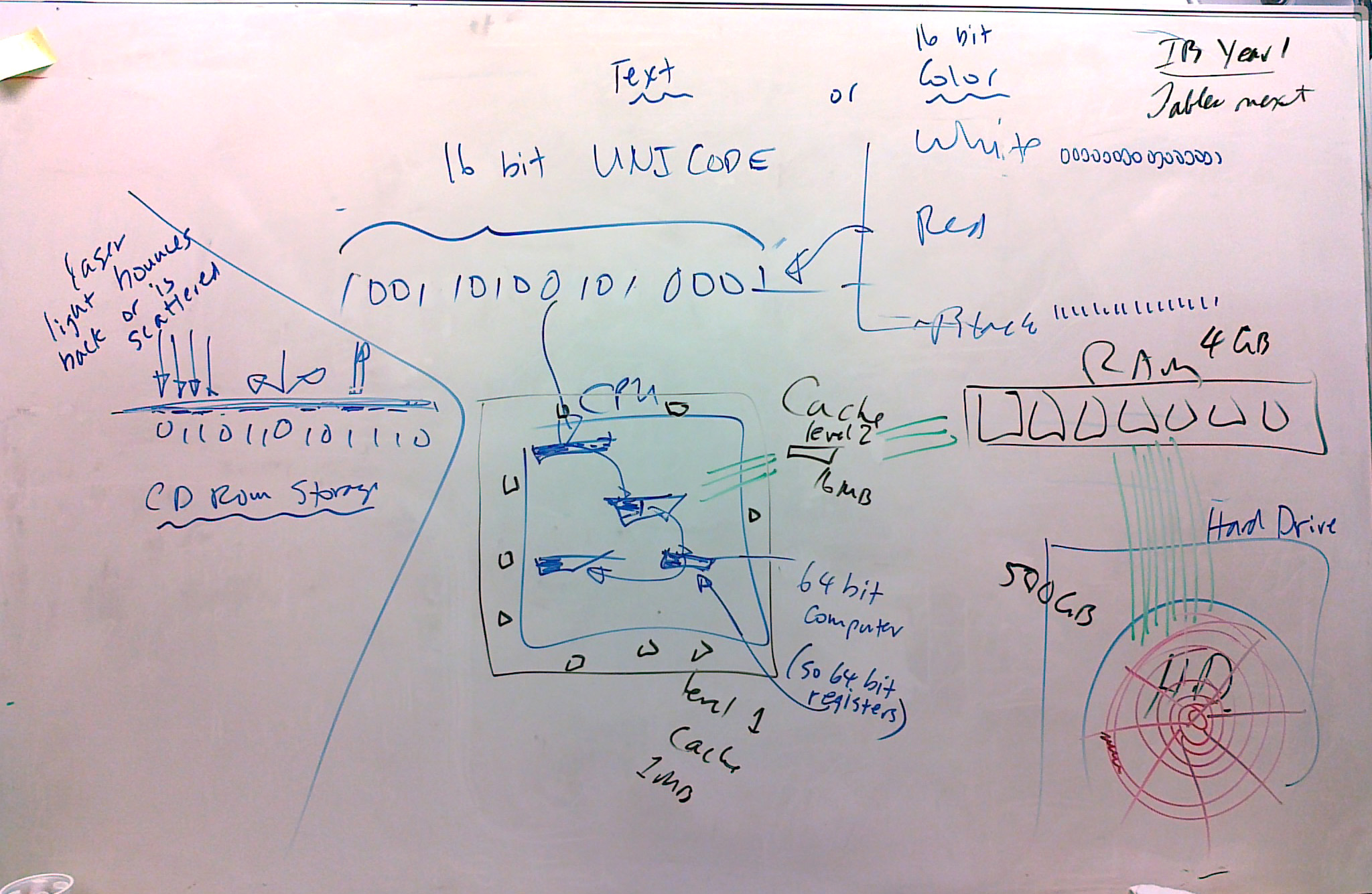
3.2.5 Outline the characteristics of primary memory and the difference
between volatile and non-volatile memory.
Teaching Note:
Students must understand the function of RAM, ROM and cache
memory and their typical sizes (in bytes). The way in which virtual
memory can be used to expand primary memory must be understood
but details of paging are not needed.
Sample Question 1:
(b) (i) State typical values for both primary and cache memory for a modern
desk-top computer. [2 marks]
(ii) Explain how the use of cache memory can lead to a more efficient running
of the computer. [3 marks]
Sample Question 2:
(c) Virtual memory is normally available in modern desk-top computers.
(i) Explain the advantage of using virtual memory. [3 marks]
(ii) Explain why the size of the primary memory still needs to be considered when
running large programs, even when virtual memory has been incorporated. [2 marks]
JSR Notes:
Stating that there are two main kinds of primary memory - RAM and ROM, and that cache is "increasingly" used is a bit of an antiquated statement. Rather, you should consider there to be three main categories of primary memory: RAM, ROM, and cache.
Also antiquated are the typical sizes stated: In 2009, RAM in PCs is in the order of GBs. Typically, new machines will have between 1 and 4 GB. And now that the 4GB limit has been broken by having 64-bit systems, more than 4GB is possible.
Since ROM still only needs to keep text-based startup etc. information, it will still be only be in the range of kB, with 1024 kB a typical value (this is actually 1 MB).
In terms of virtual memory, in a lot of systems, you manually determine the amount of your hard drive that can be used for virtual memory. But don't think that virtual memory is something only enabled because of limited primary memory. Mac OS X, for example, allots virtual memory for all applications. You'll also note that the memory management of OSX and other UNIX-based operating systems takes full advantage of swapping between RAM and virtual memory "on-the-fly", as memory needs change in real-time. This is done, naturally enough, because real RAM memory is indeed much faster than part of the hard drive being treated as virtual memory.
